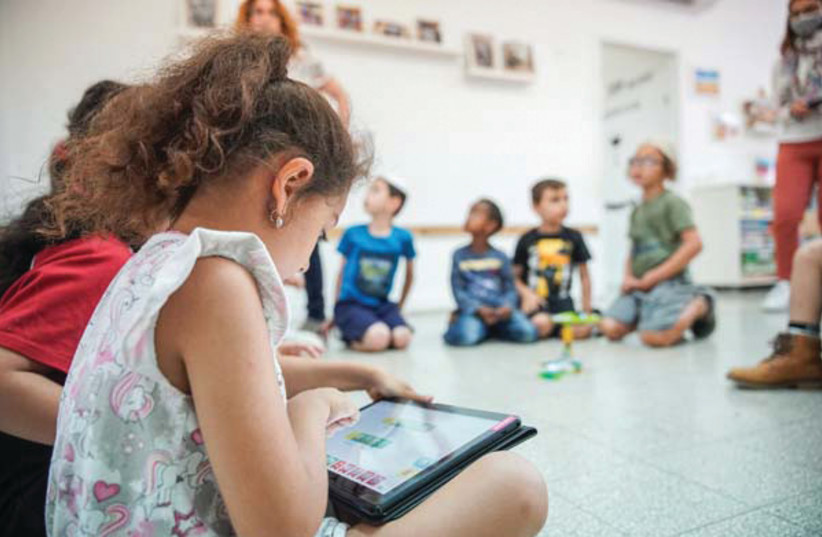When the pediatric optometry specialist and senior doctor at Ziv Medical Center in Safed, Dr. Yuval Cohen, first sent his son to kindergarten, he was troubled by how darkly lit it was. After deciding to research this issue, he found that there is a connection between the intensity of the lighting in kindergartens and the danger of developing myopia.
The study done by Dr. Cohen and his colleagues found a direct link between the intensity of the lighting in the kindergarten to the ocular refraction: The darker the rooms, the lower the ocular refraction (the “number” in the eye measuring the sharpness of our sight) which can lead to shortsightedness or myopia.
The first years are critical
The first years are critical for the correct development of the eyes. During the growth of the eye organs (lens, cornea, the size of the eye) they need to be in perfect synchronization in order to produce a sharp image. A deficiency in this synchronization can cause myopia.
Shortsightedness, developed usually over the age of six, is the condition when the picture which is produced in the eye falls before the retina due to the elongation of the eyeball. This elongation can cause eye problems like glaucoma (rising pressure in the eye) and cataracts and may even cause retinal detachment and blindness. In recent decades there has been an increase of tens of percentage points in the incidence of myopia in children around the world and also in Israel.
In recent years there have been several important breakthroughs in the prevention and treatment of myopia. In 2008, it was announced that staying outdoors (Outdoor Activity) is important for the normal development of children’s eyes and is associated with a decrease in the progression of myopia, therefore the recommendation was given to stay outside for at least two hours a day.
However, this information is not implemented in schools and kindergartens in Israel, and most children stay in classrooms until late and spend little time outside. Even when they get home they usually go to private classes, friends or otherwise stay inside.
The study published by Dr. Cohen and his colleagues was done in cooperation with the “Lirot” (seeing) organization, which works to promote medical research for eye health, to prevent blindness problems, to raise public awareness of early diagnosis and the need for preventive medicine.
Children spent only half an hour outside
Lirot researched the relationship between a dark kindergarten and the vision of approximately 1,596 children in 27 kindergartens, pre-compulsory and compulsory. The time usually spent in a building was from 7:30 a.m. to 4:00 p.m., while the time spent outside was on average only about half an hour.
The purpose of the study was to examine the relationship between the intensity of lighting in kindergartens and the intraocular number. It should be noted that the lighting intensity outside a building is 10,000 lux or higher. Lighting intensity inside a building illuminated with artificial light is usually lower than 1,000 lux.
The lighting intensity in the kindergartens was measured in the assembly room, usually the biggest room. In Israel, the guideline regarding the intensity of lighting in a kindergarten is at least 300 lux to allow proper functioning.
In a kindergarten with a lower lighting intensity, the number was lower by a third, a significant difference that shows the children who stay in a dark kindergarten as having a risk of developing myopia.
In addition, in the group of kindergartens with low intensity there were twice as many children with a refraction of zero diopter or less compared to the kindergartens with high lighting intensity. These children are at high risk of developing a need for glasses. In the tested kindergartens, the children spent less than half an hour a day outside the kindergarten and most of the day depended on the intensity of the lighting inside the kindergarten building.




